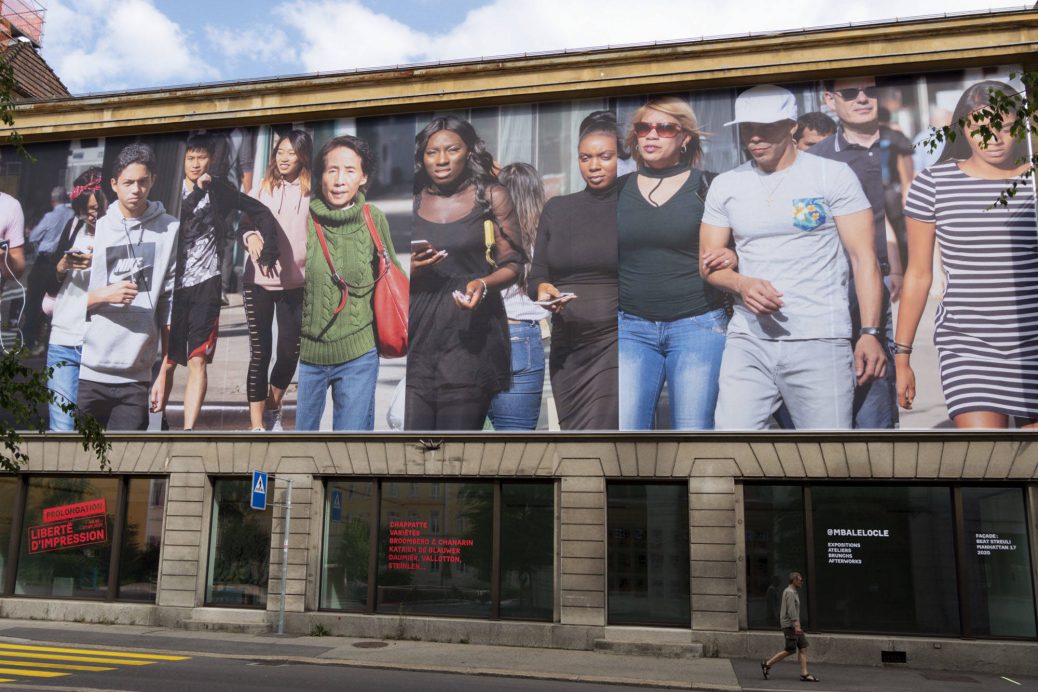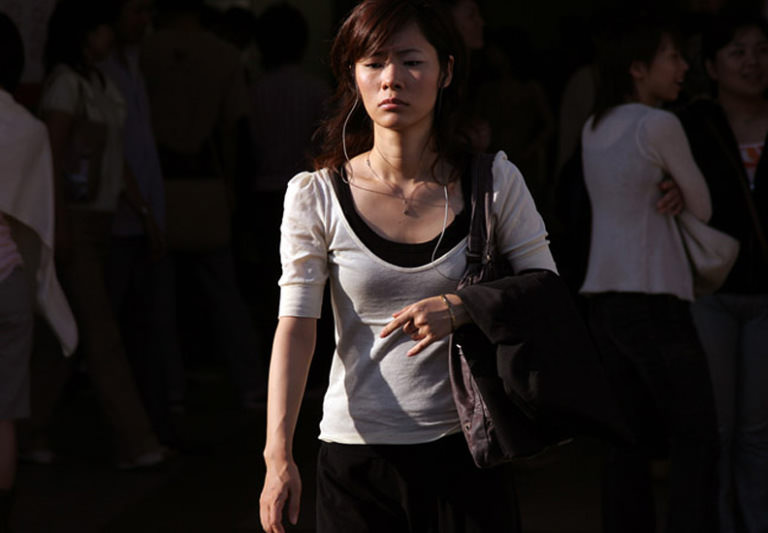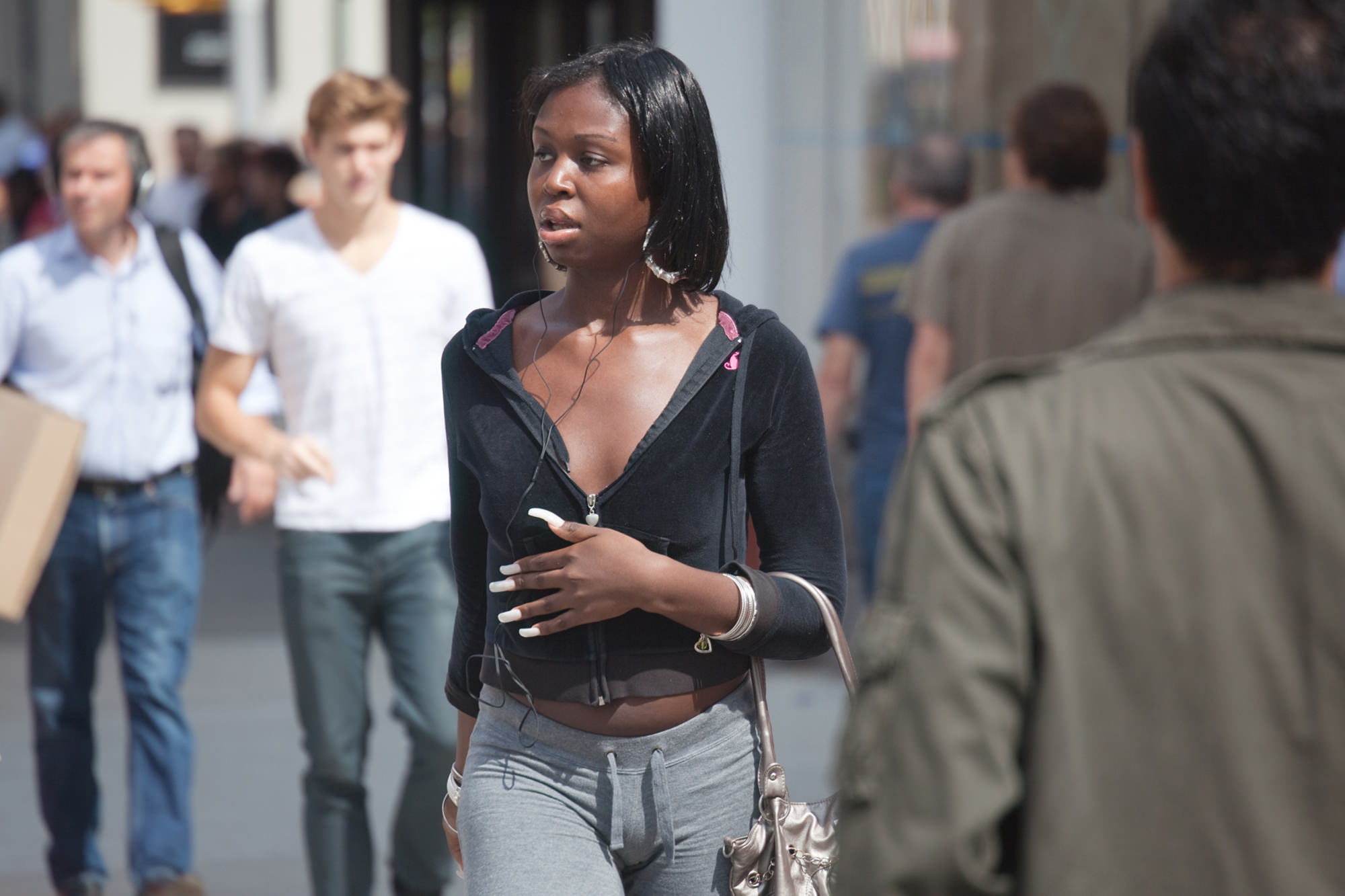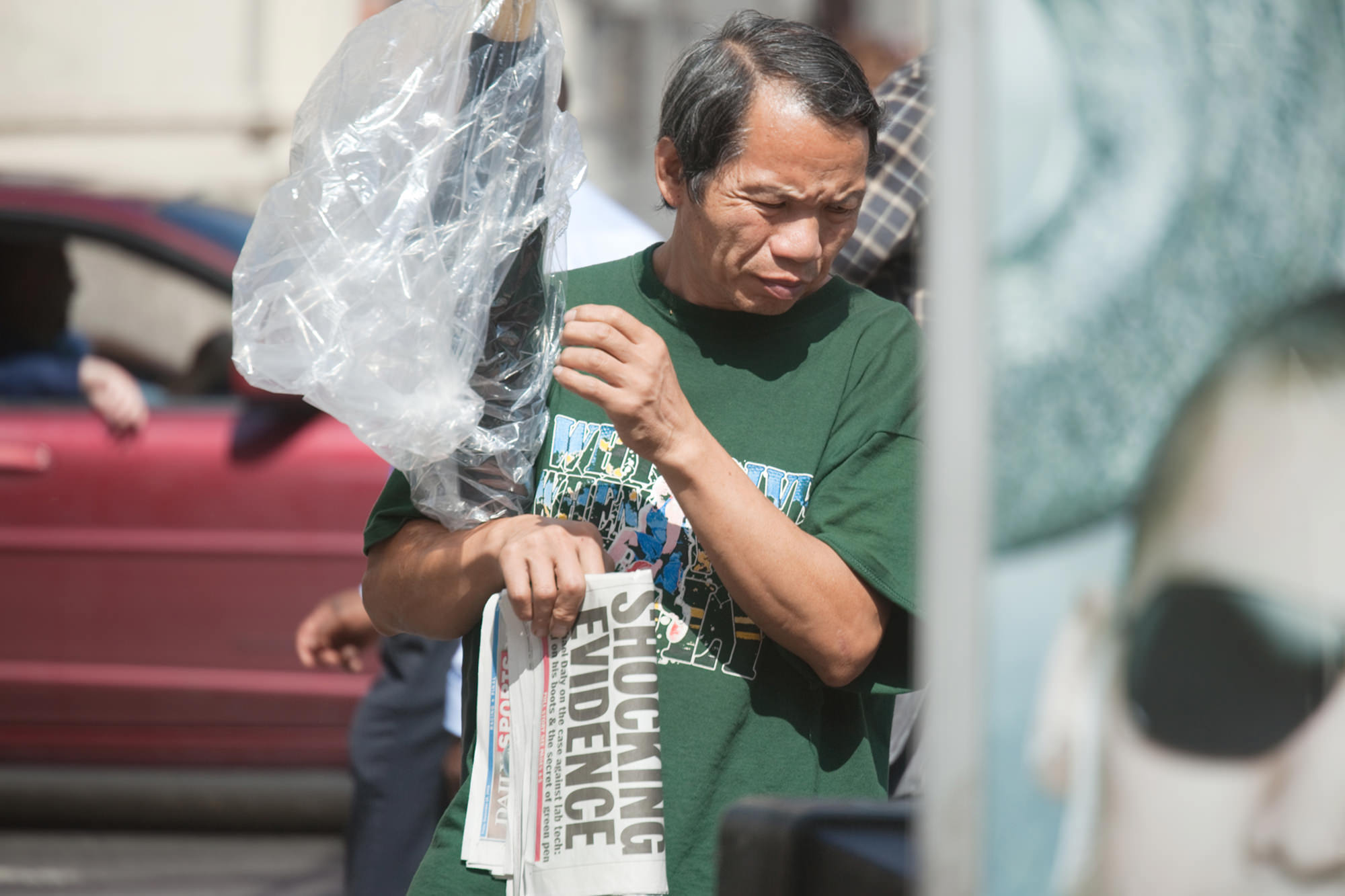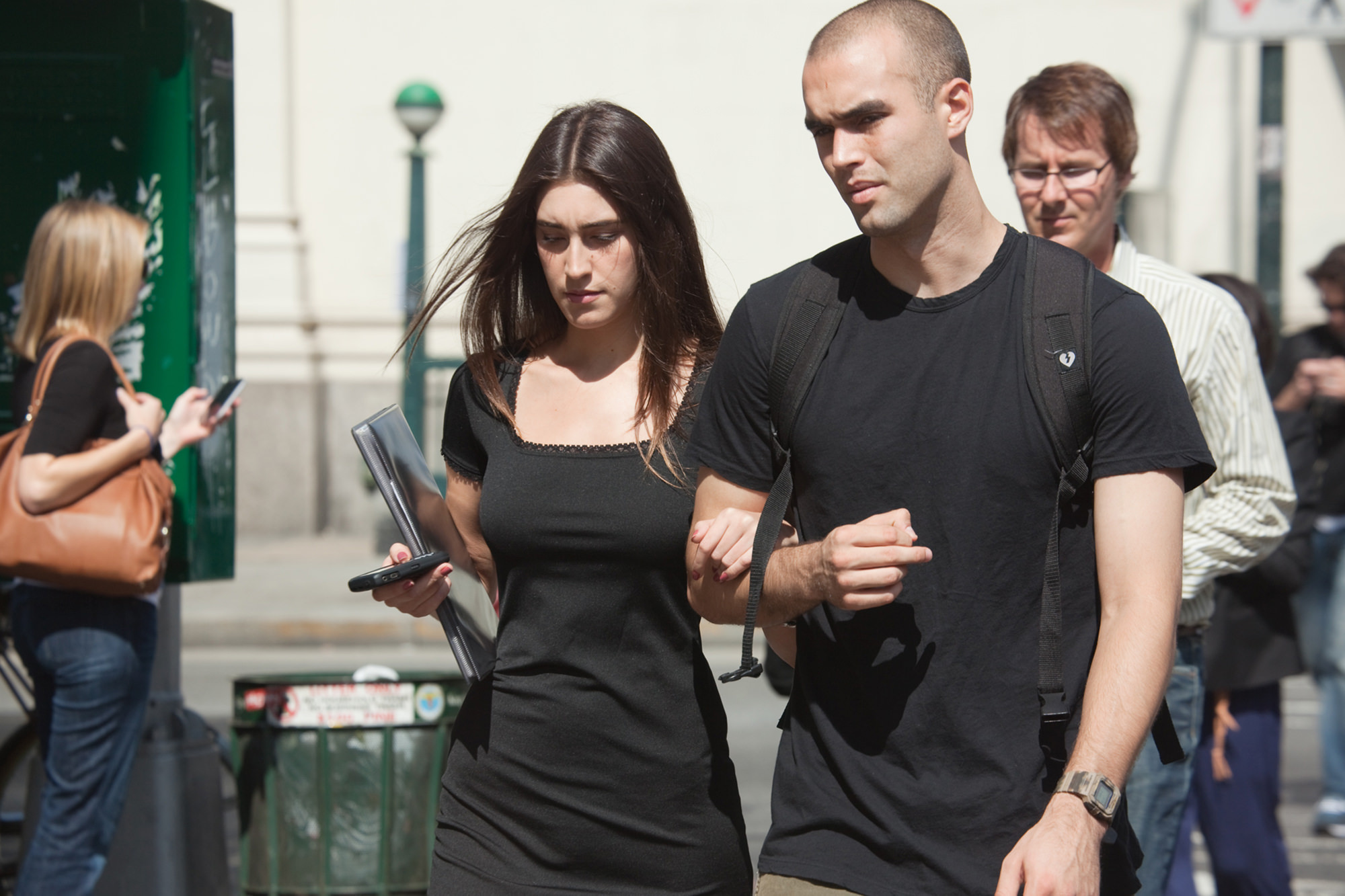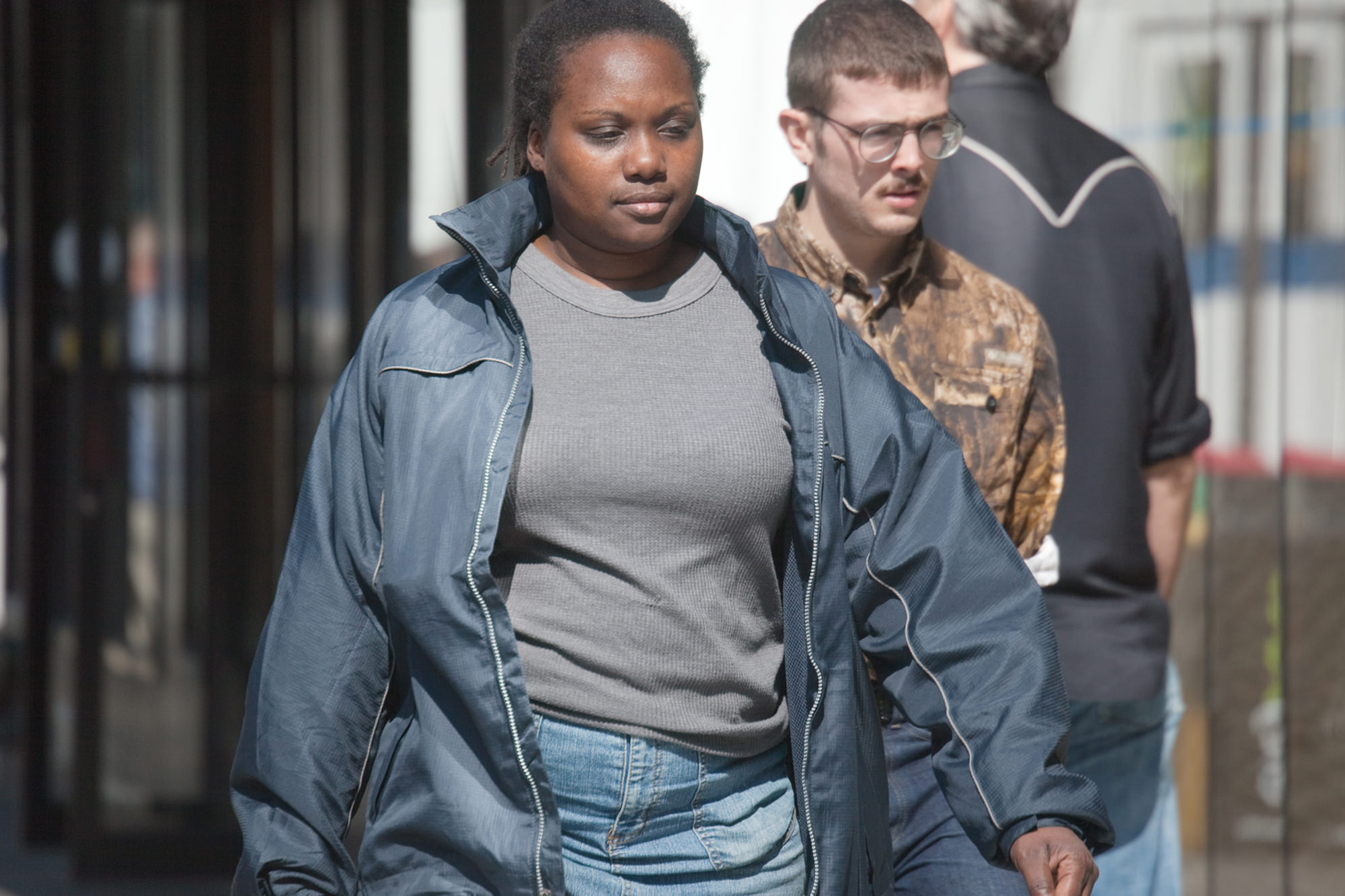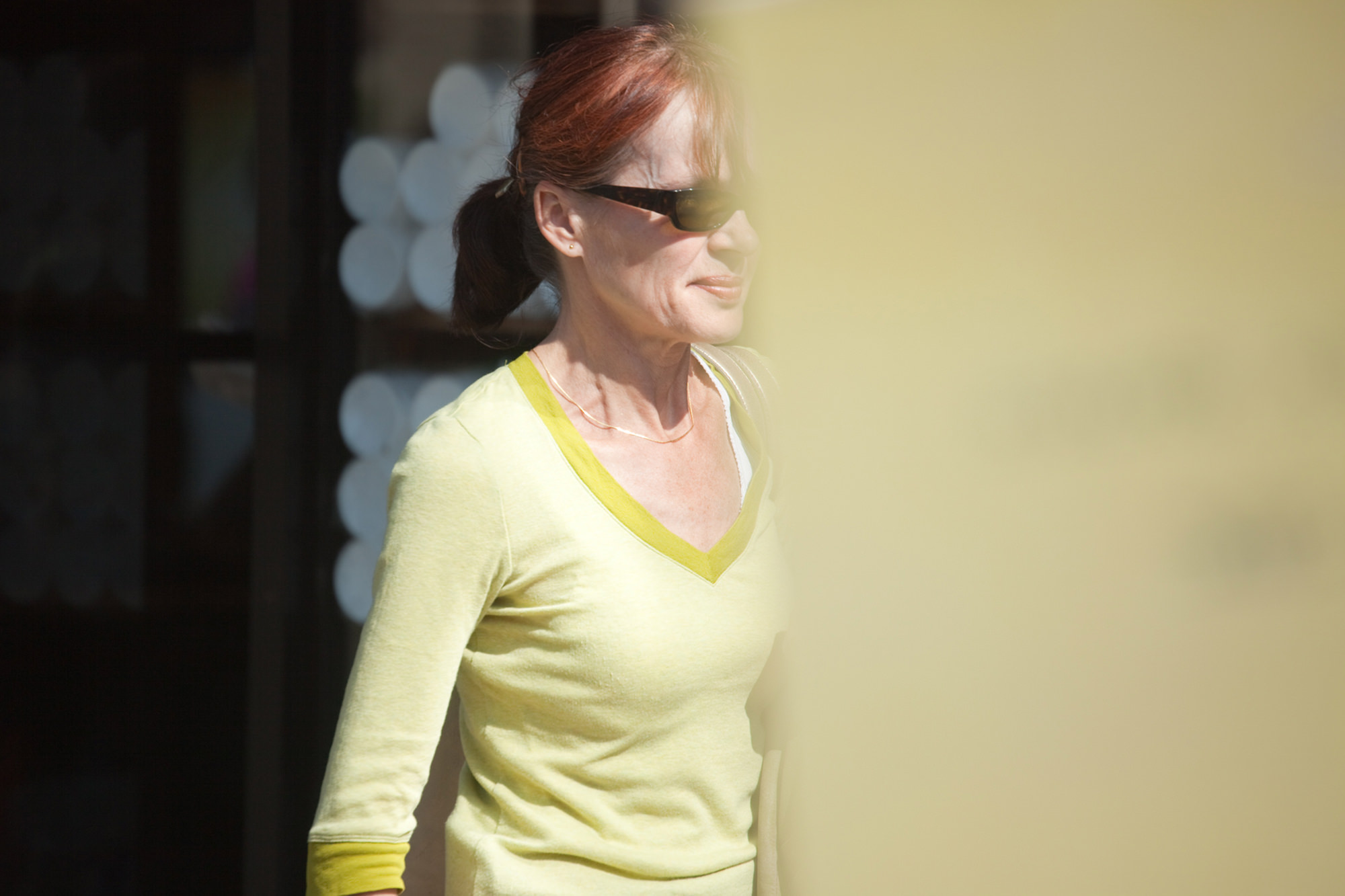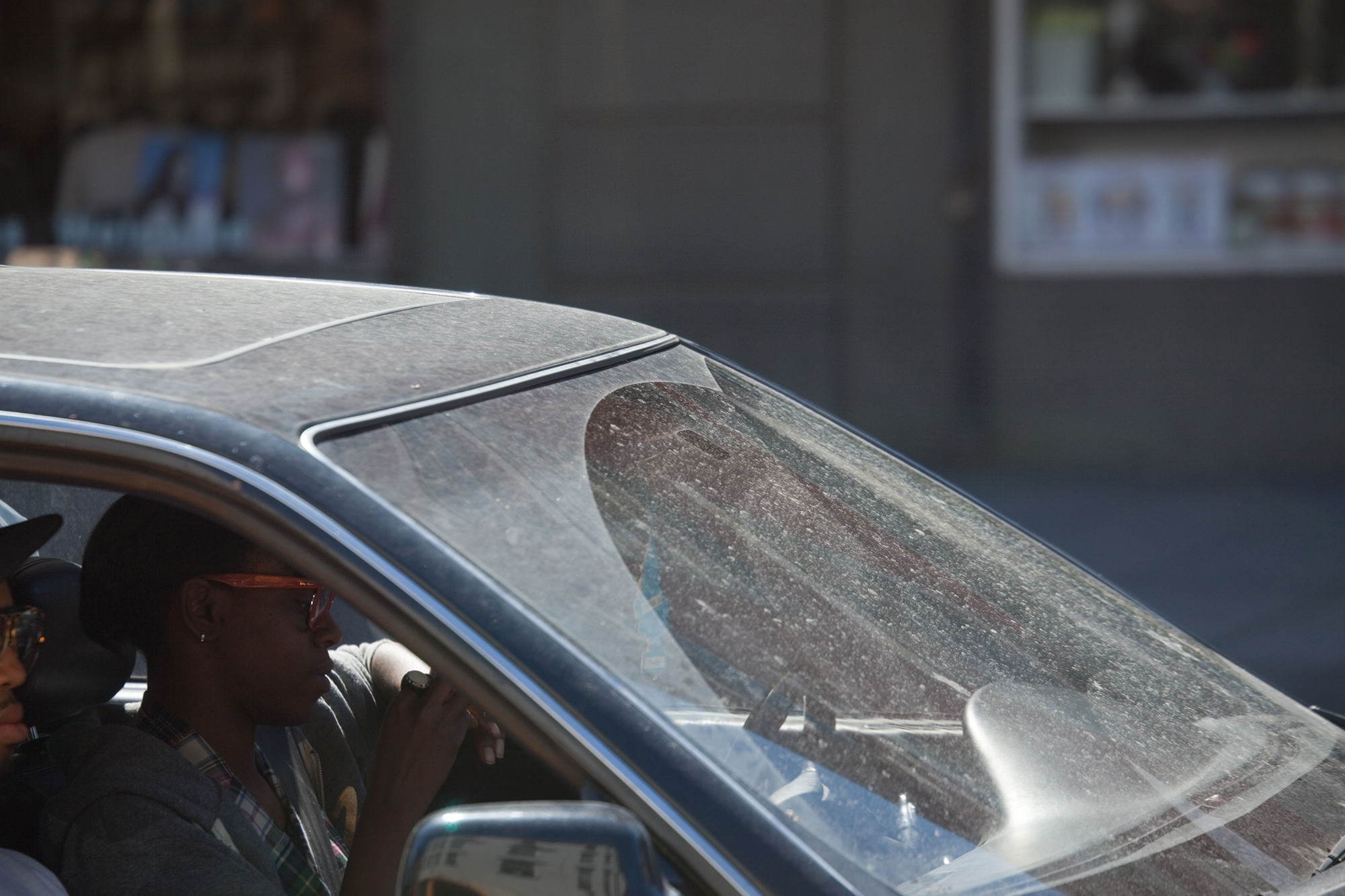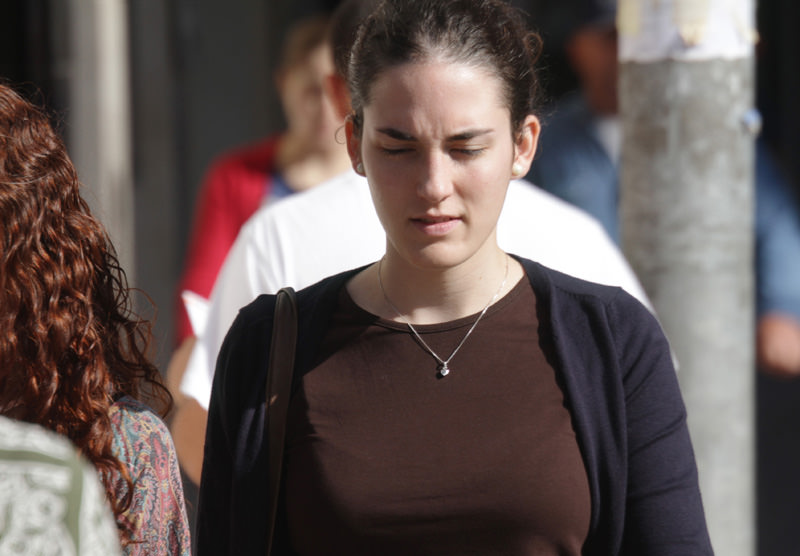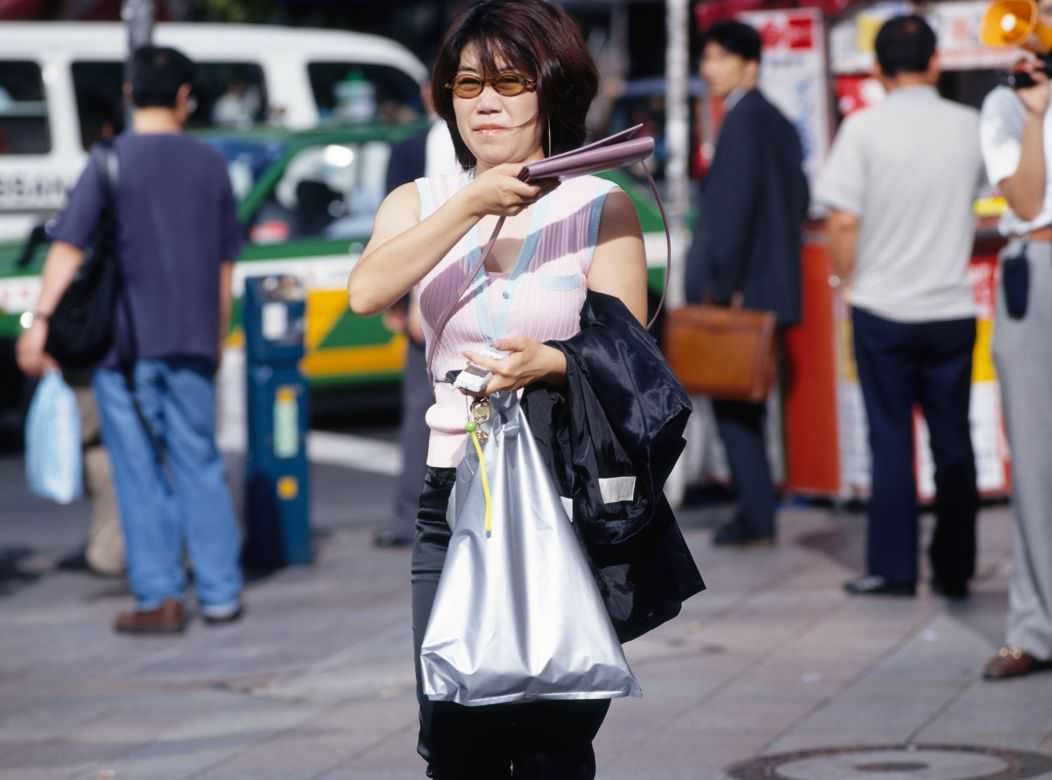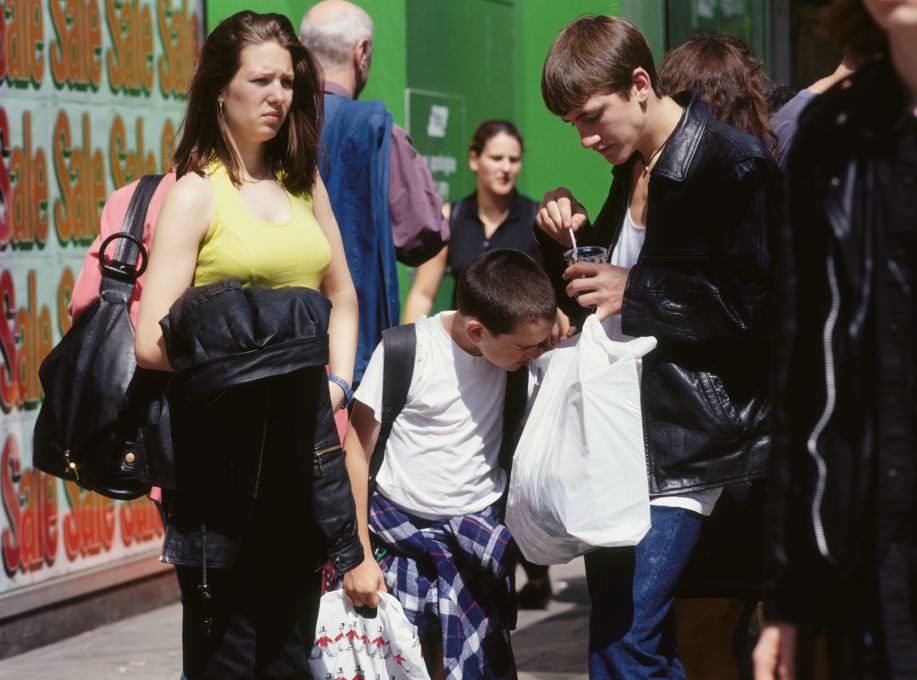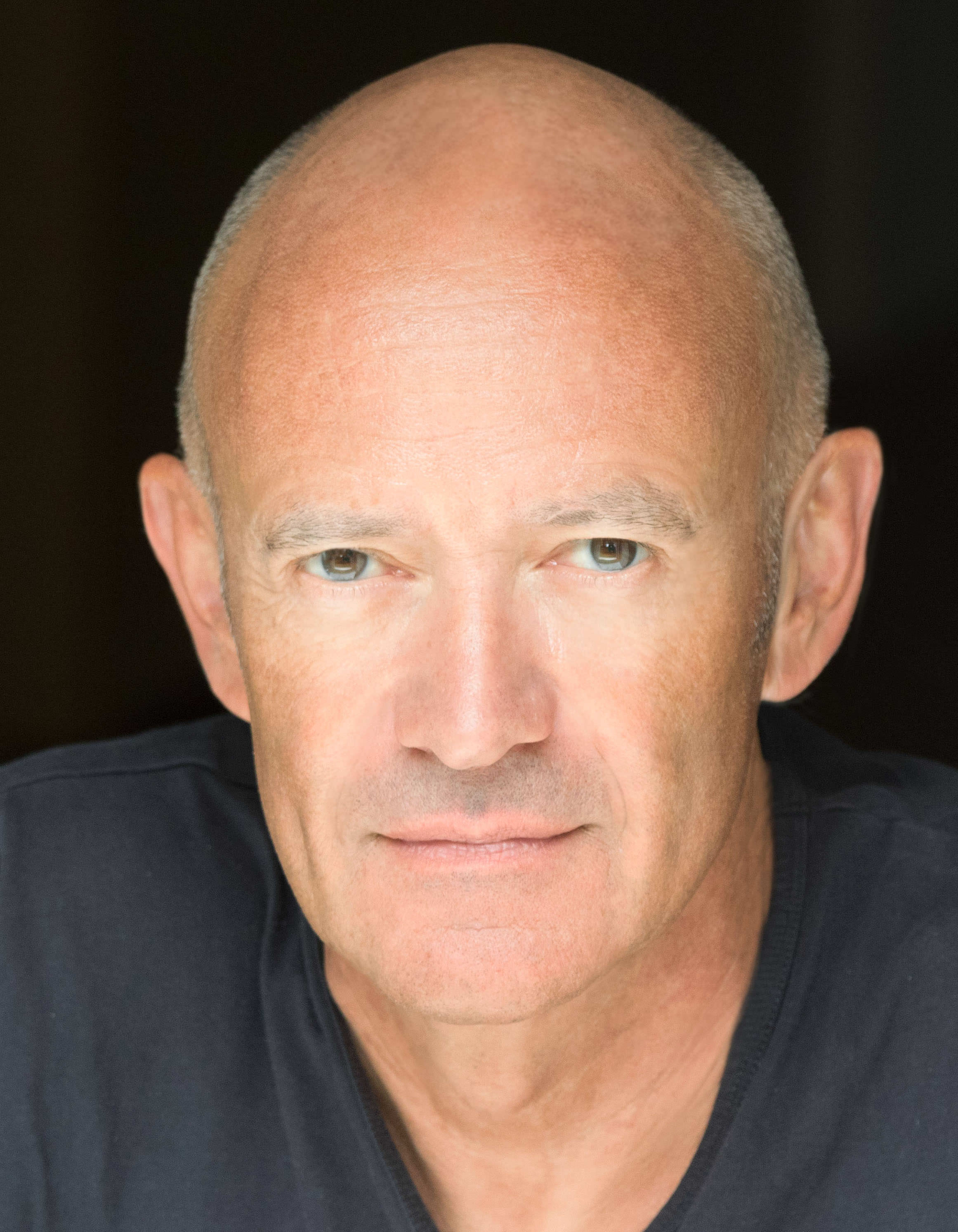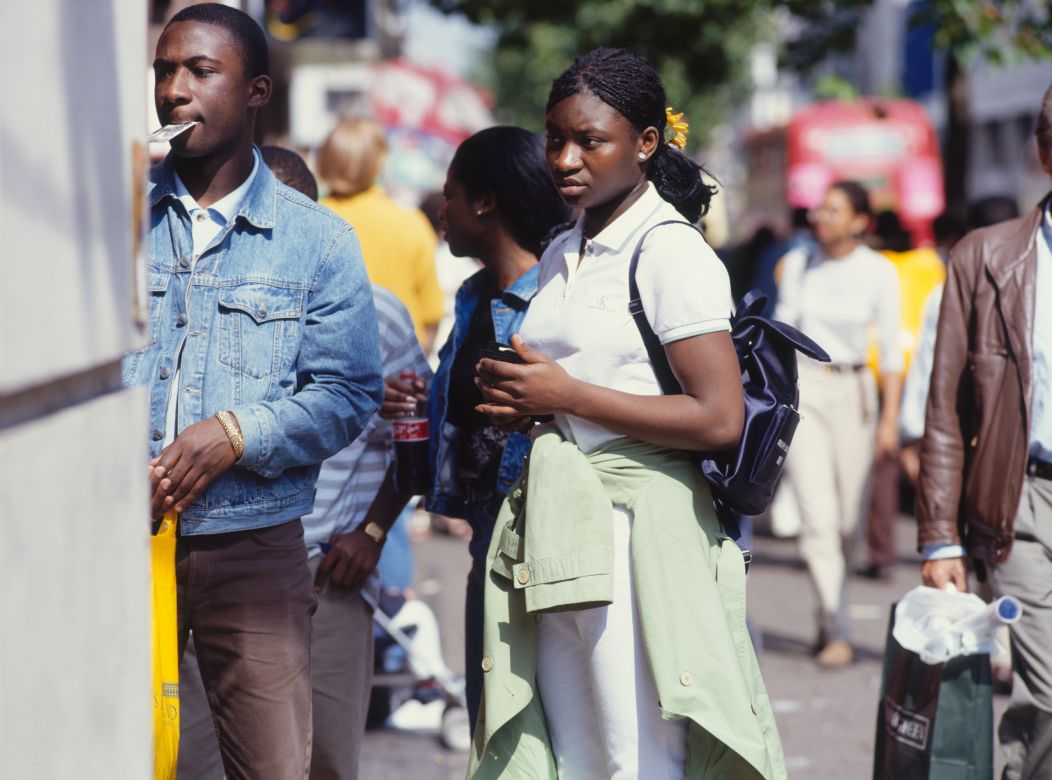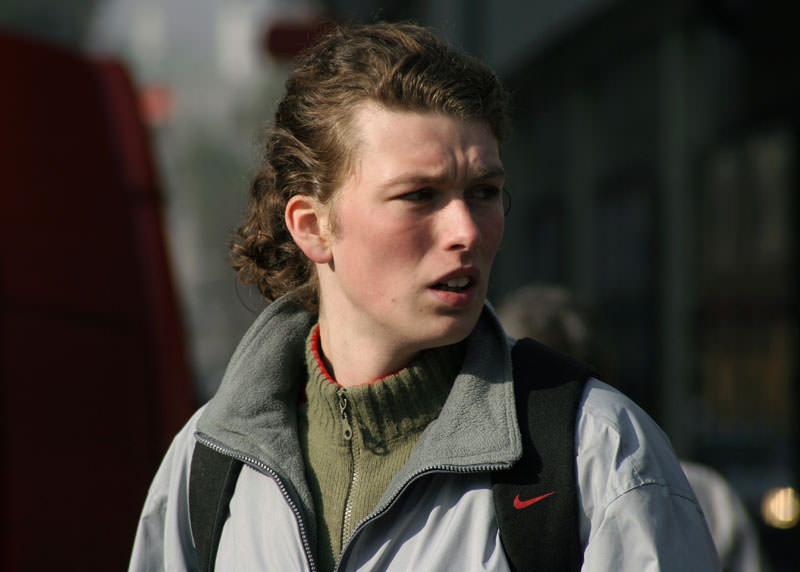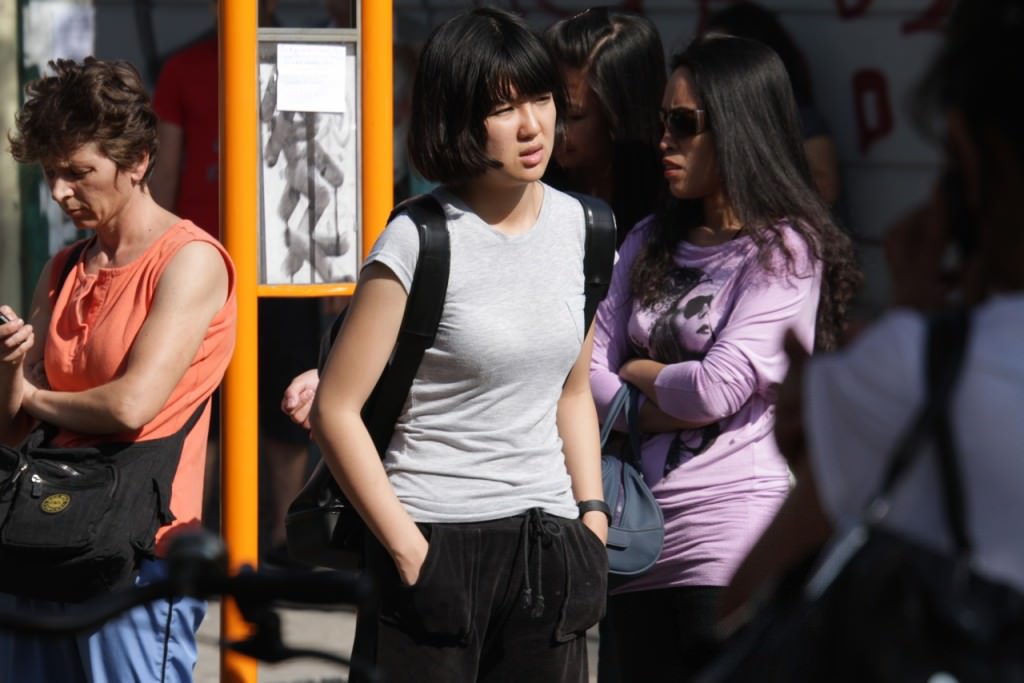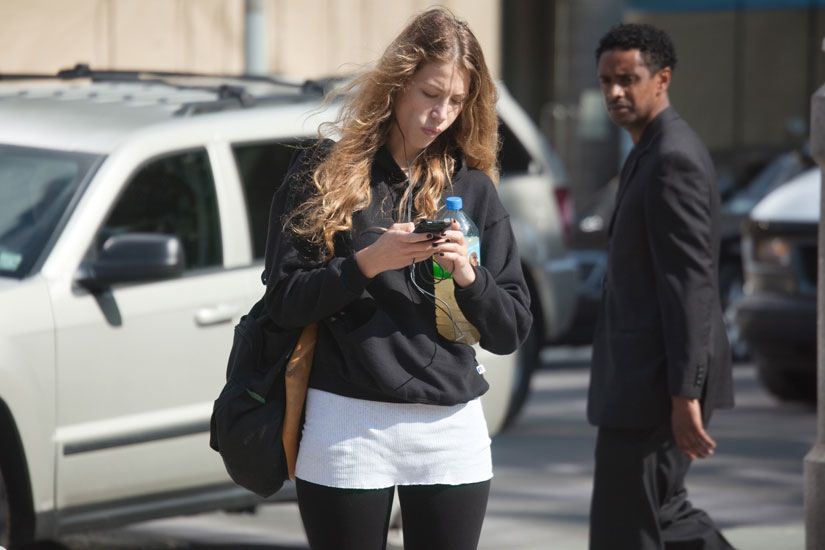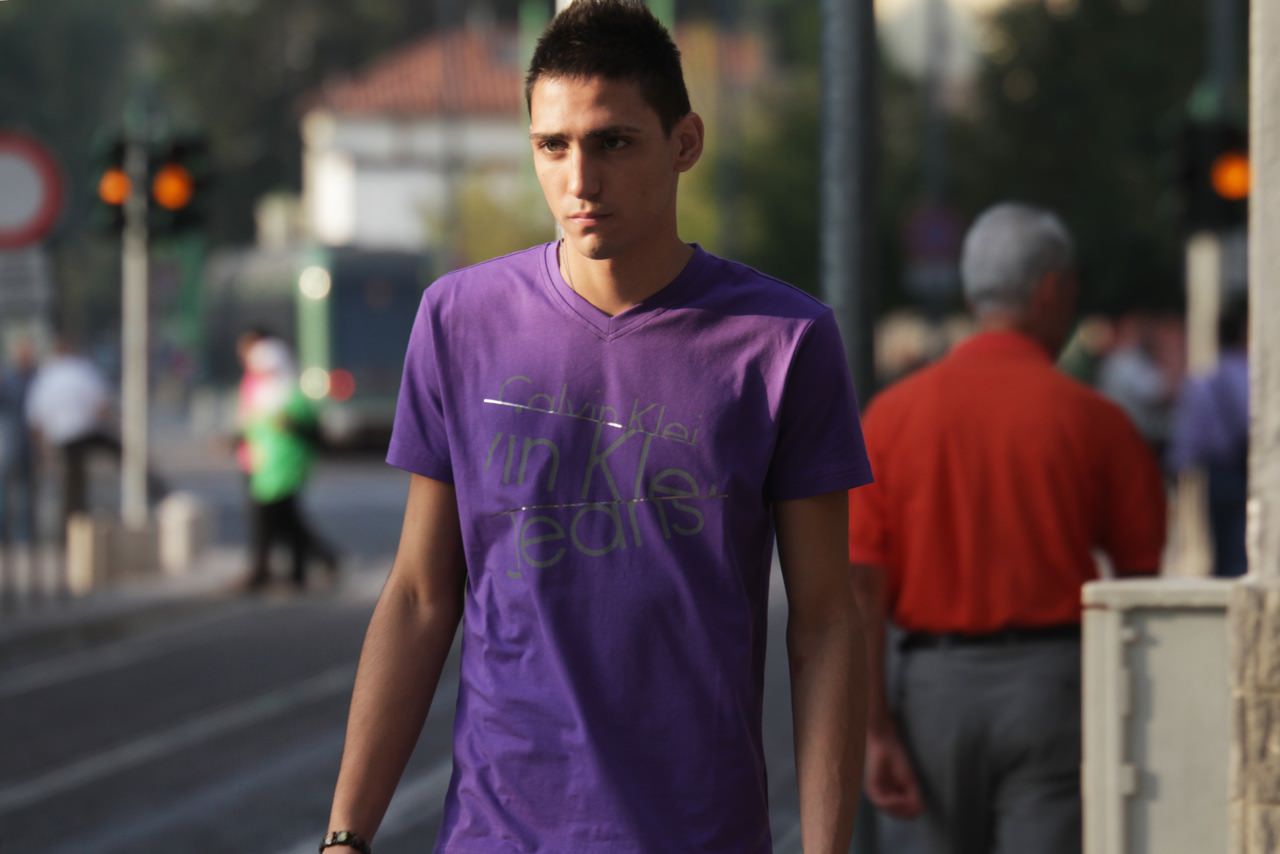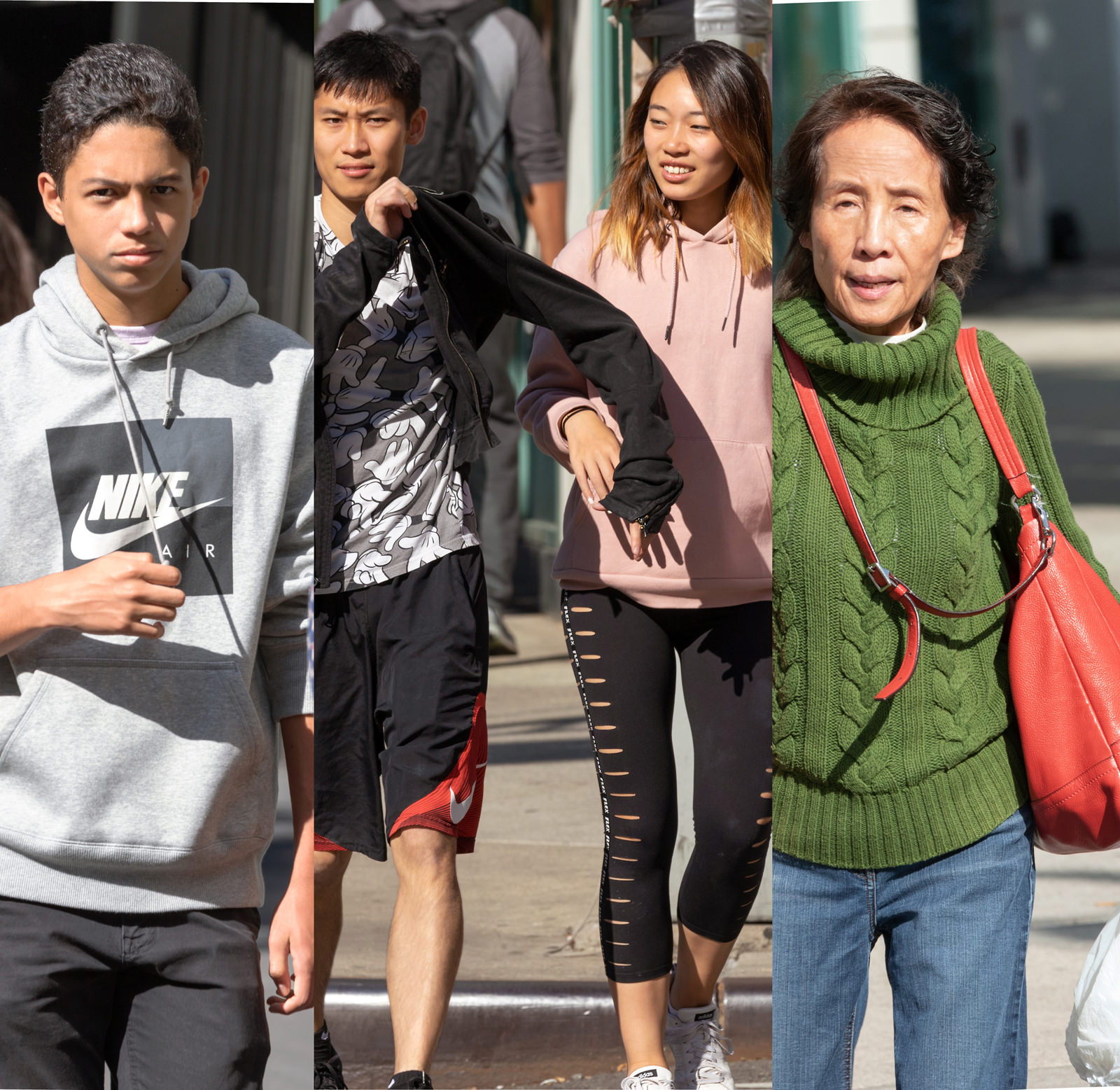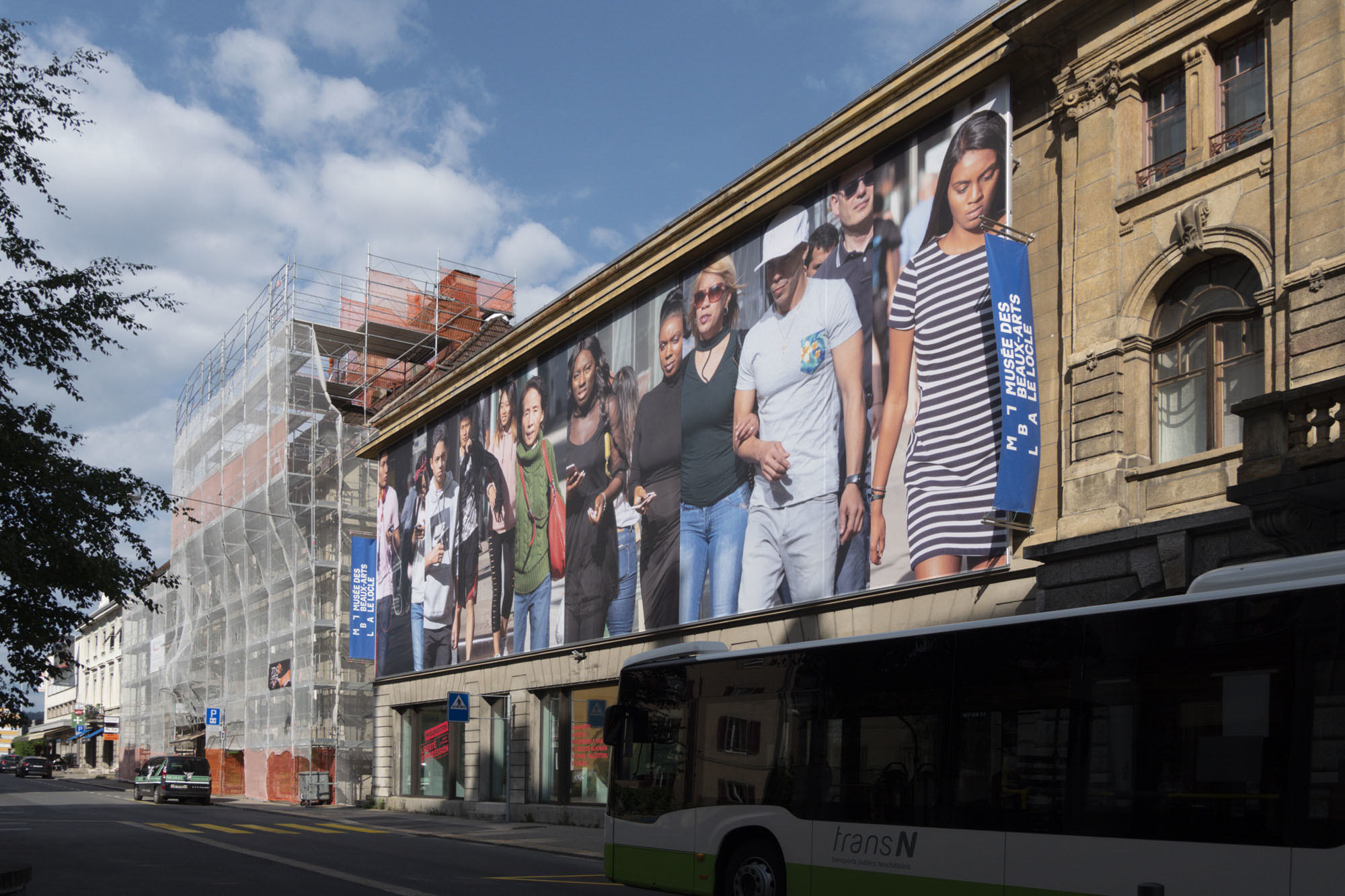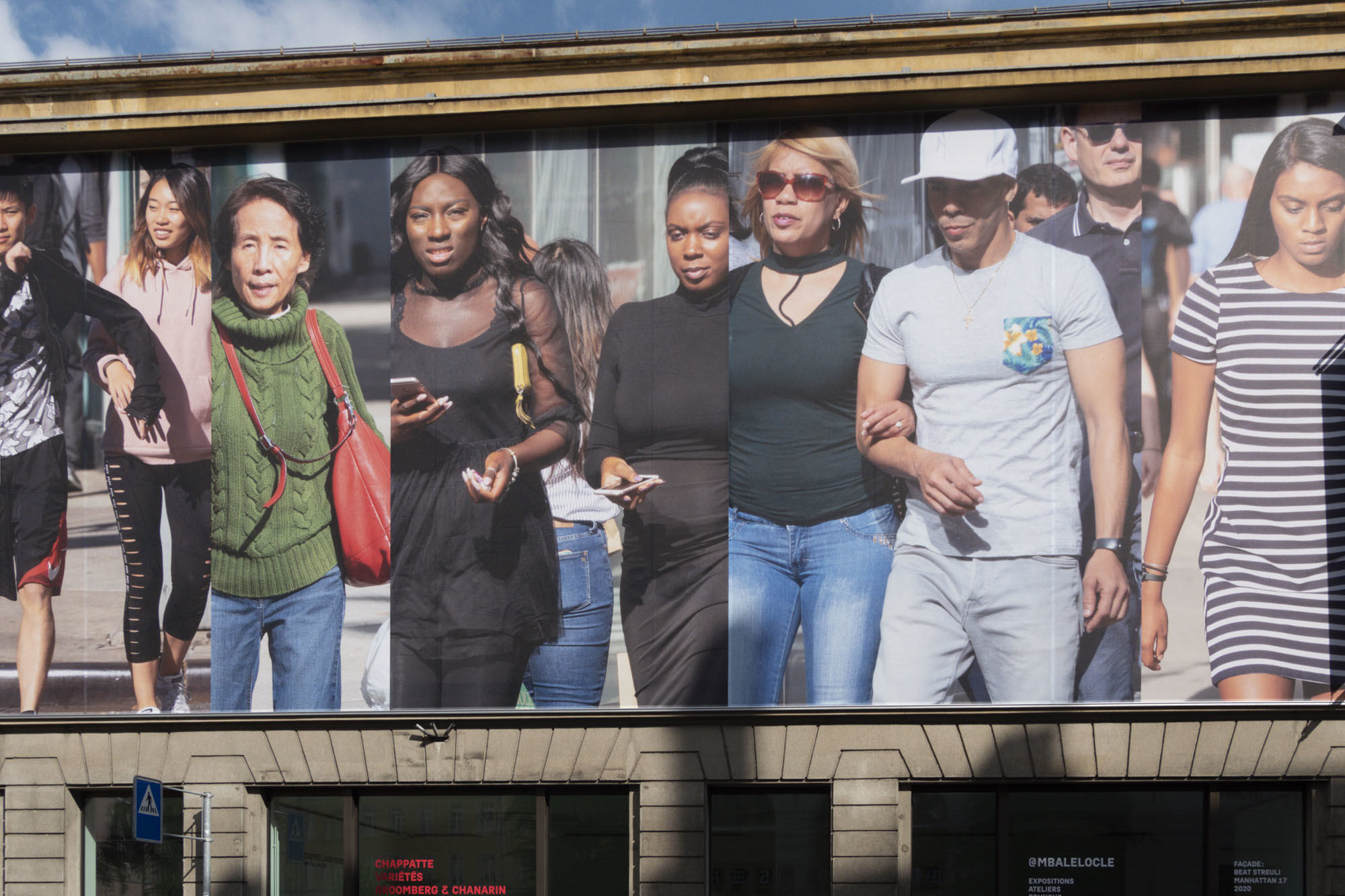Beat Streuli: Manhattan 17
Street photography has a long tradition in the history of photography. Passers-by, architecture, the bustle of the street have long fascinated photographers who mingle with the crowd while paying close attention to what surrounds them. For thirty years, Beat Streuli has been directing his camera at city dwellers as they are absorbed in their daily lives.
The vast cities of our globalized world are swarming with people and public spaces are where the anonymous meet. Installed on the facade of the museum, Beat Streuli’s monumental work, created specifically for MBAL, captures the eye through an intriguing game of scale where the human being is placed at the centre of the image.
About the Author
Born in Switzerland in 1957, attended art school in Basel and Zurich and later in Berlin, where he lived for most of the eighties. During his art studies he concentrated on abstract painting and installation art, with American minimal and conceptual art of that period as his main influences. Around the end of the decade, studio grants at Cité des Arts and Fondation Cartier in Paris, followed by Istituto Svizzero in Rome, allowed for extended stays in these two capitals. It was in their streets that he came back to an early fascination with photography and figuration.
In the nineties, Streuli moved his base to Düsseldorf. Coinciding with the recognition of photography in the visual arts, notably the large-format images produced by the students of Bernd and Hilla Becher at the Düsseldorf Academy of Fine Arts, he developed the style that became characteristic of his work, a form of contextualized street photography. First displayed in a small black-and-white format, his images developed on a larger scale, particularly in the form of monumental slide projections. These works were first exhibited at PS1 in New York City, where he spent several decisive years. First gallery and museum show followed, among them a major survey at Kunstmuseum Lucerne in 1993, his participation the same year in a “New Photography” show at MoMA in New York, and a solo exhibition at ARC / Musée d’Art Moderne de la Ville de Paris in 1996.
From that period on, billboards and other forms of installations in public space appeared in his work. Transparent images integrated in glass facades, a technique fully developed for the first time for a solo show at MACBA, Barcelona, in 1998, continue to be one of his favorite presentation modes today. It is around that time that his work gained popularity on a global scale. He participated in the Sydney, Johannesburg, and Gwangju Biennials and exhibited and photographed in many European cities such as London, Amsterdam, and Turin, but also in Japan and the United States.
From 2000, Streuli’s work, previously centered on the inhabitants and every day in mostly western cities, became more complex. His participation in the biennials of Sharjah, Yokohama, and Singapore, and his projects in India, Africa, South America, and the Near and the Far East — a 160-meter-long wall of images erected in the desert at the entrance of the historical city of Petra, Jordan— resulted in a reflection on globalization and its related conflicts. As Zurich and Brussels became his European bases, he grew increasingly interested in the presence of non-Western cultures in the European social fabric. His publication BXL, photographed in the Brussels neighborhood of Molenbeek, testifies to this shift in his practice.
Streuli taught from 2012 to 2018 at the ZHdK University of Fine Arts in Zurich. His new productions, which often oscillate between fixed and moving images, are created in a wide range of digital and traditional media. He continues to focus on city dwellers but also on cities as an urban and architectural concept and has recently often worked outside the global metropoles, in suburbs and smaller cities. He has developed both permanent and temporary large- scale installations in public space, experimenting with more pictorial forms yet not abandoning a certain documentary style. His images reflect the increasingly heterogeneous reality of today’s world without forcing a specific sociopolitical reading onto the viewer.
Beat Streuli: Manhattan 17
24.10.20−31.01.21
Musée des Beaux Arts Le Locle, Switzerland
More info on:

